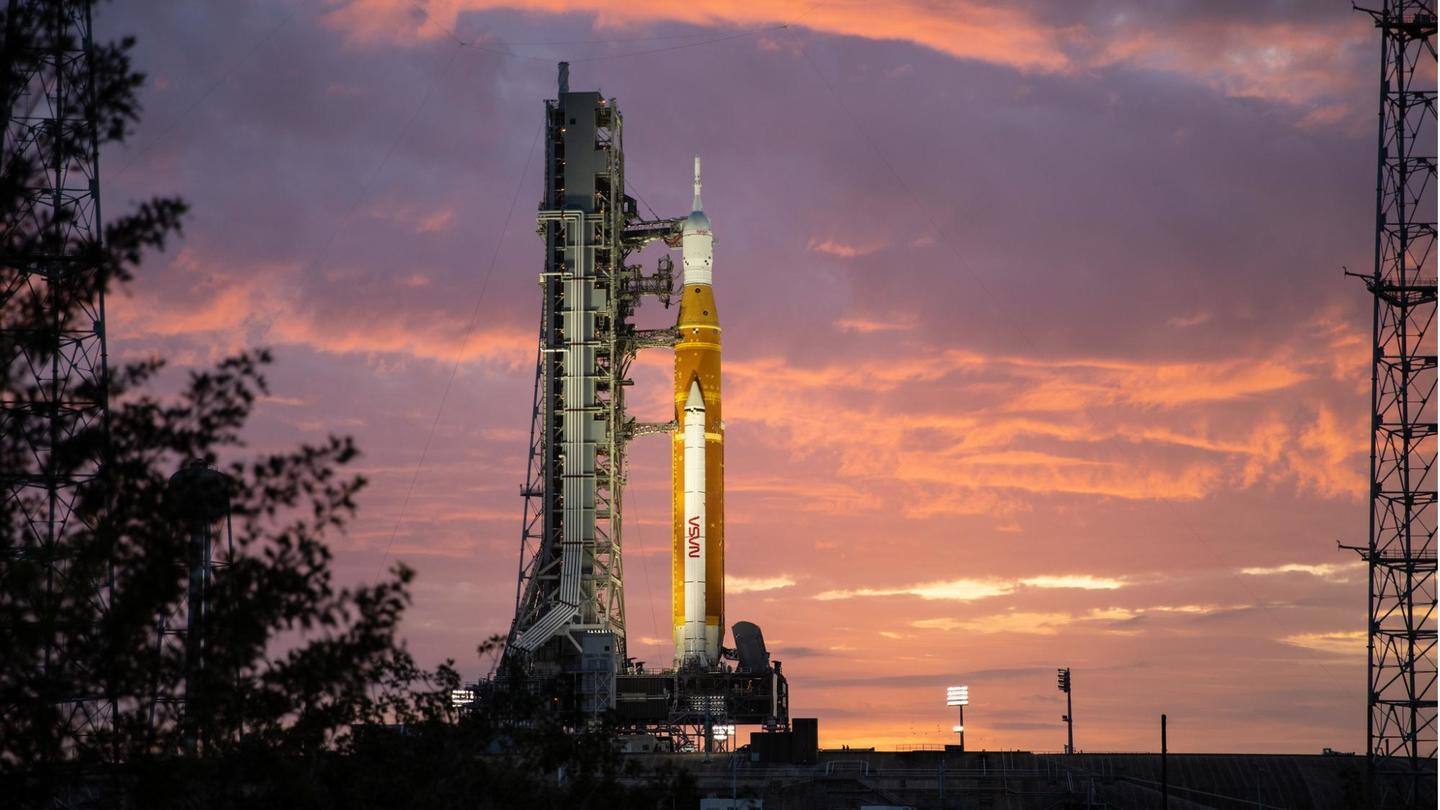
Prior to takeoff, NASA completes repairs on Artemis 1 rocket
What's the story
NASA has announced that repairs have been completed on its Artemis 1 Space Launch System (SLS) rocket.
The US space agency replaced the leaky seals on two fuel lines on Friday.
Prior to the rocket's takeoff attempt on September 23, NASA will conduct a fuelling test on September 17 to check whether the repairs have been successful.
Context
Why does this story matter?
The Artemis 1 is an uncrewed test flight of NASA's Artemis program that aims to send back astronauts to the Moon after 50 years.
However, the program is facing several hurdles, with two launch attempts aborted within the last few days.
It represents an investment of billions of dollars and one would hope that the third takeoff attempt proves to be the charm.
Steps
What repair work was undertaken?
Engineers had to plug a hydrogen fuel leak in an 8-inch line which led to the core stage of the rocket.
A leaking 4-inch bleed line used to redirect the hydrogen propellant during tanking operations was also replaced.
NASA will now fill the 322-feet rocket with 33.4 lakh liters of liquid hydrogen and oxygen it requires for take-off, as part of the fuelling test.
Process
What will the fuelling test be like?
NASA will perform a "kick-start bleed test" on the four main engines of the SLS rocket.
The space agency will bring down the temperature of the engines to minus 251 degrees Celsius so that they can be filled with a super-chilled propellant.
Notably, during the launch attempts on August 29 and September 3, NASA was unable to perform these tests.
Dates
What are the next possible launch dates for Artemis 1?
NASA plans to launch Artemis 1 on September 23. The agency will have a two-hour launch window and the Moon landing will take place on October 18.
The organization has also set aside another launch possibility on September 27 with a 70-minute launch window and a Moon landing on November 5.
Additional dates may also be fixed in case of failures.